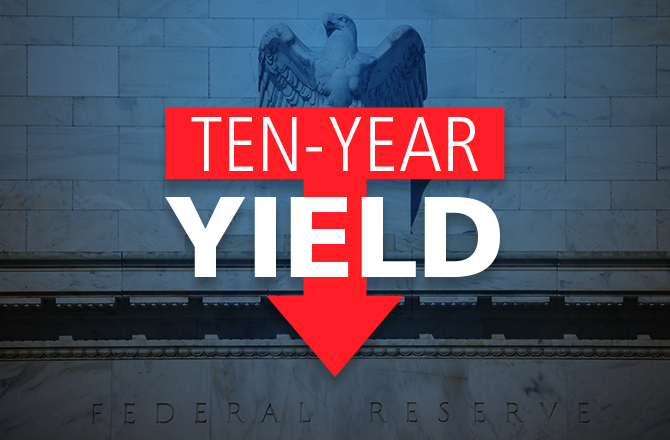How Foreign Flows Impact U.S. Treasury Yields
by Sachin Gupta, PIMCO
The 10-year U.S. Treasury yield reached one of its lowest levels on record earlier this month. This is partly explained by U.S. economic fundamentals: expectations for an extremely shallow and protracted Fed tightening cycle, and little to no concern over inflationary upside surprises. However, there has also been a “safe-haven” bid from global investors. Facing uncertainty and negative yields in Europe and Japan, global capital has been in search of a perceived safe store of value.
European and Japanese investors have been engaging in a “carry trade,” buying U.S. bonds and hedging the U.S. dollar exposure back to euros and yen. The chart below compares German bund yields to U.S. Treasury yields after hedging to euros. For European investors (and the same has been true for Japanese investors), the realized yield after the cost of hedging had up until recently been far higher than buying domestic instruments. This helped bring down U.S. yields in correlation with declining yields in Germany and Japan, independent of the economic fundamentals in the U.S.

But markets tend to be naturally equilibrating. Distortions are building as more capital chases the carry trade. This may not be obvious when comparing the level of yields across countries, but it is clear in the pricing for currency hedging instruments. With so much capital flowing into the U.S., the market for FX forward contracts (and other currency hedging instruments) is now extremely one-sided. This has forced the cost of hedging contracts above levels supported by fundamentals, “overcharging” investors looking to hedge. The amount these contracts overcharge is called the FX basis.
Specifically, European and Japanese investors now pay about 0.6% more than they should to hedge U.S. dollar exposure back to euros or yen. This is just enough to eliminate the advantages that the carry trade originally offered. And as the advantage of the carry trade disappears, the influence of international capital on U.S. yields should also wane.
This post was originally published at PIMCO
Copyright © PIMCO












